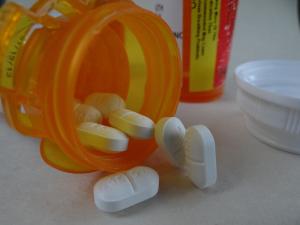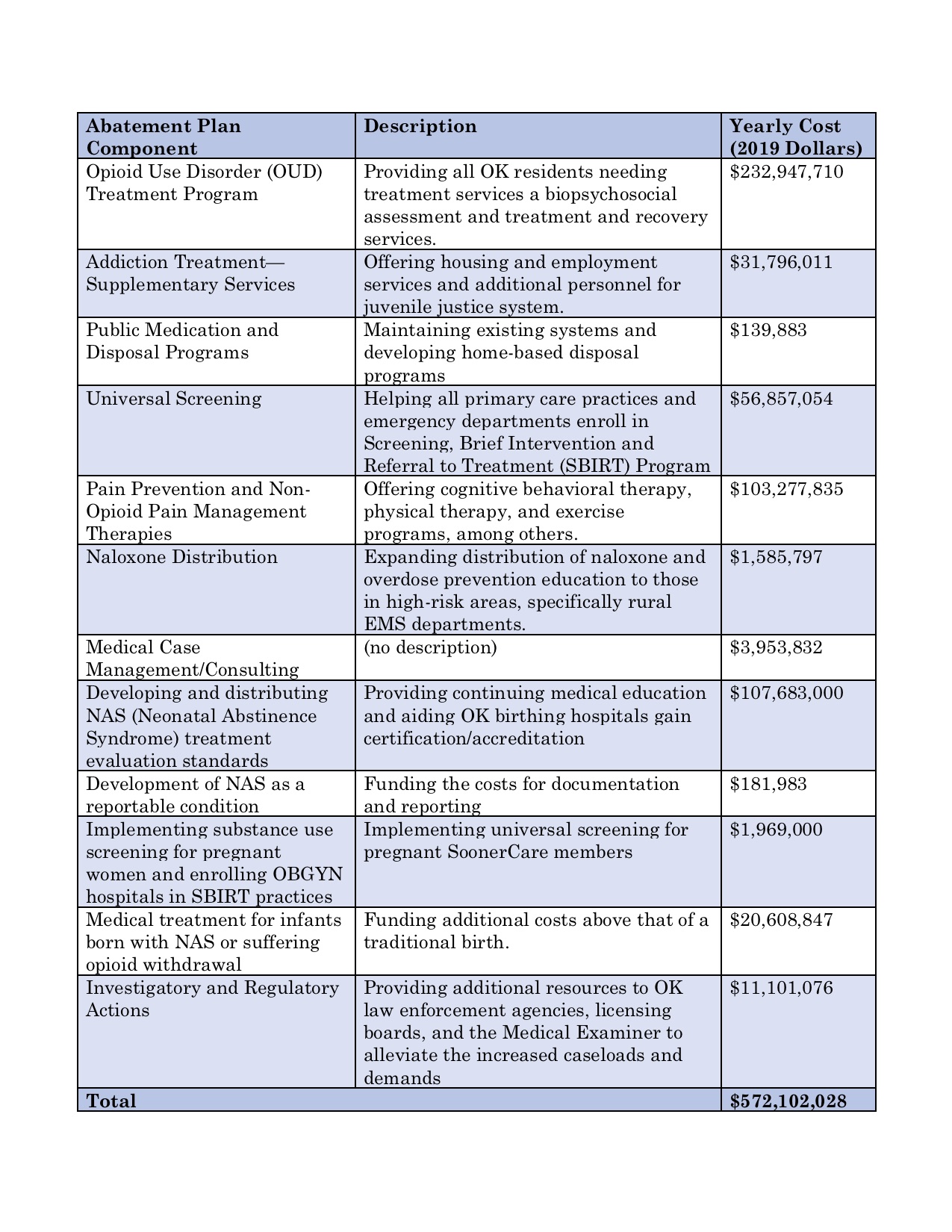By Emily Wilmink
While the COVID-19 pandemic has consumed the field of public health since its onset in 2020, substance use disorder and the opioid crisis have continually plagued the United States for many years. Substance use disorder is a disease that “leads to an inability to control the use of a legal or illegal drug or medication.”[1] Since 1999, nearly 841,000 people have died from drug overdose, and as of 2019, 72.9% were opioid-related drug overdose deaths.[2]
Within this national health crisis, West Virginia leads the country in opioid-involved overdose deaths, with a rate of 42.4 deaths per 100,000 people in 2018.[3] Additionally, compared to the average national rate of 51.4 prescriptions per 100 people, West Virginia providers wrote 69.3 opioid prescriptions per 100 people, once again ranking the state as the highest rate in the country for 2018.[4] Researchers have cited “sociocultural factors, a depressed economy, lack of education, and a high rate of prescribing and dispensing of prescription opioids” as various reasons for the ongoing opioid epidemic in West Virginia.[5] To combat the opioid crisis in West Virginia, state legislators recently passed Senate Bill 334[6] to regulate Syringe Service Programs.[7] However, this bill will likely exacerbate the epidemic in the state.
In general, syringe service programs provide sterile injection equipment to reduce the spread of needle transmitted diseases, such as hepatitis C (“HCV”) and human immunodeficiency virus (“HIV”), amongst those who engage in improper injection techniques.[8] Syringe service programs also provide participants access to other resources, such as “vaccination, testing, linkage to infectious disease care and substance use treatment, and access to and disposal of syringes and injection equipment.”[9] These programs have successfully prevented the spread of infection throughout the country, leading to an estimated 50% reduction in HIV and HCV, and a two-thirds transmission reduction when combined with medication-assisted treatment.[10]
Regardless of such promising evidence about transmission reduction, West Virginia legislators proceeded to implement more restrictions on the state’s syringe service programs,[11] which will likely exacerbate the opioid epidemic in the state. Specifically, Senate Bill 334 requires participants to provide West Virginia identification before using any of the services from these programs in the state.[12] Identification requirements not only create a barrier between the in-state participants and providers, but they also create a barrier between out-of-state participants who also seek the help of the program providers.[13] Senate Bill 334 also requires existing syringe service providers to offer a “full array of harm reduction services,”—including “wellness checks, wound treatment from needle sticks, screening from communicable diseases, vaccination ability and counseling”—and if they do not offer the full range of these services, the providers are required to shut down their exchange service program altogether.[14] Lastly, the bill requires that syringe service programs must receive a license from the Office of Health Facility Licensure and Certification in West Virginia before they can provide assistance to those participants with substance use disorder.[15] All of these restrictions discourage participation in the programs, threaten to cut off avenues through which participants could access clean injection equipment, and further stymie the programs’ ability to timely respond to the participants’ needs. As a result, Senate Bill 334 will likely foster the improper exchange of syringes, exacerbate the spread of infectious diseases like HIV or HCV, and lead to more opioid-involved deaths in a state that is already deeply wounded from such realities.
The bill’s restrictions on syringe service programs not only present the aforementioned public health concerns, but the restrictions also present various legal concerns that must be addressed in turn. In Milan Puskar Health Right v. Crouch,[16] program providers claimed Senate Bill 334 violated their procedural due process rights, equal protection rights, and violated the constitution of West Virginia.[17] The providers also raised policy concerns, arguing that the bill would “result in fewer people accessing health services and fewer opportunities to prevent the spread of diseases including HIV, endocarditis, and Hepatitis C.”[18] However, the court determined the providers could only succeed on their equal protection claim.[19]
Regarding the equal protection claim, the providers argued that Senate Bill 334 was discriminatory in nature because it required existing providers to “cease and desist all operations unless it offers a ‘full array of harm reduction services,’”[20] while the bill exempted “new providers from ‘compliance with the provisions’ . . . until January 1, 2022” [21] and did not mention new providers having “harm reduction services or a license.”[22] The court held that the bill may be read to discriminate between new and existing providers.”[23] Because the state legislators did not offer a “rational basis” to justify such discrimination, the court concluded that the bill might violate the equal protection rights of the existing providers.[24] The potential discrimination between new and existing providers exemplifies how the bill overregulates syringe service programs in West Virginia. The different standards that new and existing providers must meet creates confusion within the functionality of such programs and may undermine the mission to prevent the spread of HIV or HCV by providing resources to those who suffer from substance use disorder. Therefore, Milan Puskar Health Right v. Crouch highlights another reason why Senate Bill 334 will likely worsen the opioid crisis in West Virginia.
Ultimately, the overregulation of syringe service programs in West Virginia establishes divergent standards that different programs must meet to provide services to its participants. Without a uniform approach to follow, these programs may become more chaotic and unable to effectively provide services to participants with substance use disorder. Therefore, Senate Bill 334 will likely exacerbate opioid-involved deaths and simultaneously increase the spread of opioid related infectious diseases, such as HIV or HCV. As the battleground for the opioid crisis, West Virginia must do better to implement effective solutions to eradicate the epidemic that has plagued the nation for far too many years.
[1] Drug Addiction (Substance Use Disorder), Mayo Clinic (Oct. 26, 2017), https://www.mayoclinic.org/diseases-conditions/drug-addiction/symptoms-causes/syc-20365112.
[2] Drug Overdose Deaths, Ctrs. for Disease Control & Prevention (Mar. 3, 2021), https://www.cdc.gov/drugoverdose/deaths/index.html.
[3] Opioid Summaries by State, Nat’l Inst. on Drug Abuse (Apr. 16, 2020), https://www.drugabuse.gov/drug-topics/opioids/opioid-summaries-by-state.
[4] Id.
[5] Rachel Merino et al., The Opioid Epidemic in West Virginia, 38 The Health Care Manager 187, 187 (2019).
[6] An Act Establishing License Application Process for Needle Exchange Programs, SB 334, 2021 Reg. Sess. (Apr. 10, 2021), https://www.wvlegislature.gov/Bill_Text_HTML/2021_SESSIONS/RS/signed_bills/senate/SB334%20SUB1%20ENR_signed.pdf.
[7] Brad McElhinny, Legislature Passes a Syringe Exchange Bill with More Restrictions, Including ID Requirement, MetroNews: The Voice of West Virginia (Apr. 10, 2021, 10:23 PM), https://wvmetronews.com/2021/04/10/senate-passes-a-syringe-exchange-bill-with-more-restrictions-including-id-requirement/.
[8] Syringe Services Programs (SSPs), Ctrs. for Disease Control and Prevention, https://www.cdc.gov/ssp/syringe-services-programs-factsheet.html (May 23, 2019).
[9] Id.
[10] Id.
[11] Brad McElhinny, Justice Signs Syringe Exchange Bill, Despite Health Leaders’ Push for a Veto, MetroNews: The Voice of West Virginia (Apr. 15, 2021, 5:29 PM), https://wvmetronews.com/2021/04/15/justice-signs-syringe-exchange-bill-despite-health-leaders-push-for-a-veto/.
[12] An Act Establishing License Application Process for Needle Exchange Programs, SB 334, 2021 Reg. Sess. (Apr. 10, 2021), https://www.wvlegislature.gov/Bill_Text_HTML/2021_SESSIONS/RS/signed_bills/senate/SB334%20SUB1%20ENR_signed.pdf.
[13] Letter from Loree Stark, Legal Director, American Civil Liberties Union of West Virginia, to Governor Jim Justice (Apr. 14, 2021), https://www.acluwv.org/sites/default/files/field_documents/aclu-wv_msj_letter_re_334_constitutional_concerns.pdf.
[14] McElhinny, supra note 7.
[15] W. Va. Code § 16-64-2 (2021).
[16] No. 3:21-0370, 2021 U.S. Dist. LEXIS 132069 (S.D. W. Va. July 15, 2021).
[17] Id. at *4.
[18] Id. at *4–5.
[19] Id. at *7.
[20] Id. at *17.
[21] Id. (quoting W. Va. Code § 16-64-10 (2021)).
[22] Id. at *18.
[23] Id. at *18.
[24] Id. at *18–19.





